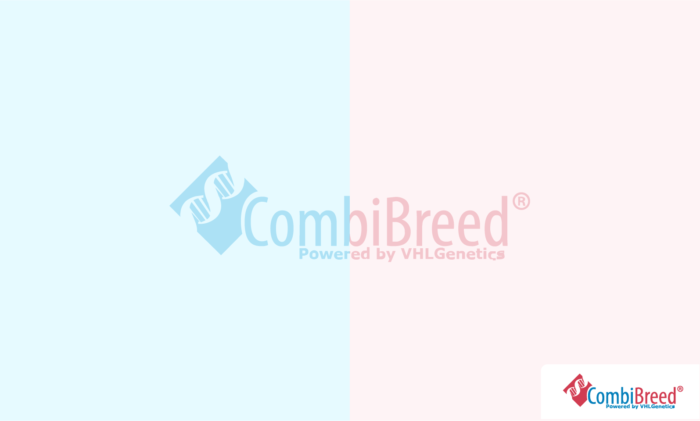
€57,48 €47,50 excl. VAT
Dogs with Ocular Skeletal Dysplasia (OSD) show a variety of skeletal malformations, which are caused by a recessive mutation to the gene COL9A3.
10 working days
From €5,95 shipping and administration per order (incl. VAT)
Specifications
| Breeds | |
|---|---|
| Gene | |
| Organ | |
| Specimen | Swab, Blood EDTA, Blood Heparin, Semen, Tissue |
| Mode of Inheritance | |
| Chromosome | |
| Also known as | |
| Year Published |
General information
Dogs with Ocular Skeletal Dysplasia (OSD) show a variety of skeletal malformations, which are caused by a recessive mutation to the gene COL9A3. A related variant also occurs in the Labrador Retriever.OSD is often accompanied with eye abnormalities, which also is the case in the Nothern Inuit Dog. These eye abnormalities are caused by a collagen disorder called Retina Dysplasia (RD) or Retinal Folds.
Clinical features
Affected dogs with the COL9A3 mutation typically present with a range of skeletal abnormalities. These include disproportionate dwarfism, where the limbs are noticeably shorter relative to the body size, as well as shortened and misshapen long bones. Additional musculoskeletal abnormalities can include joint laxity, pain or discomfort in movement, and the development of early-onset osteoarthritis. In some cases, spinal deformities may also be observed.
Ocular abnormalities are another concern in dogs with this mutation. One common issue is retinal dysplasia, a condition where the retina does not develop normally. This can lead to retinal detachment, impaired vision, or blindness in more severe cases. Other eye-related changes may include vitreous degeneration, where the gel-like substance inside the eye breaks down, and the formation of cataracts, potentially further impacting vision.
Additional information
References
Pubmed ID: 31415586
Omia ID: 1522